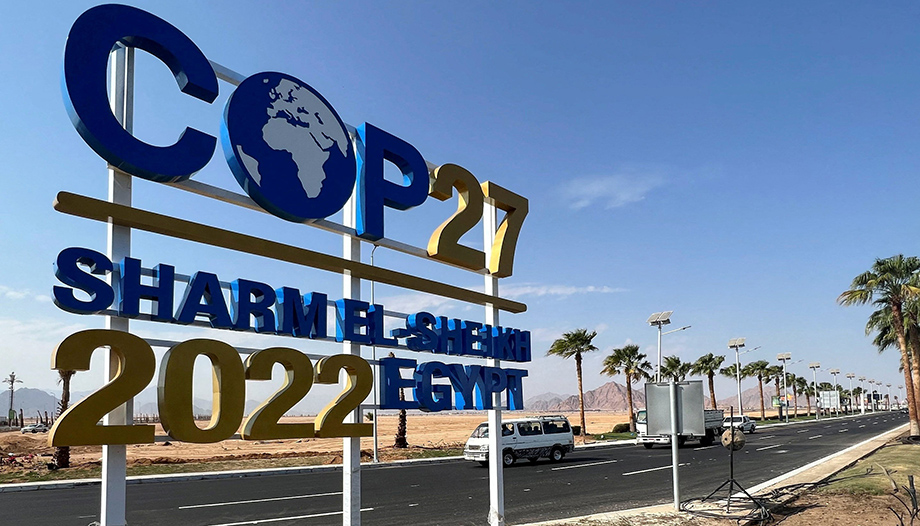From November 6 to 18, the United Nations Climate Change Conference COP27 will be held in Sharm el-Sheikh (Egypt), which will also be attended by the Church of Rome. It is no coincidence that the ecological issue is one of the main themes of the pontificate of Pope Francis, to which, among other things, he has dedicated the well-known encyclical Laudato si'.
Dramatic urgency
For this particular event, the Pontiff has been present through an address by Cardinal Secretary of State Pietro Parolin, who recalled how a few days earlier, during his trip to Bahrain, the Holy Father himself recalled the "dramatic urgency" of the environmental issue.
It is also the first time that the Holy See is a signatory to the UN Framework Convention on Climate Change and the Paris Agreement. The Holy See has been committed, through the Vatican City State and for several years now, to reduce net emissions to zero by 2050 by improving its environmental management. But also to stimulate education for an integral ecology, which can foster development and sustainability "based on care, fraternity and cooperation," as Parolin recalled.
Moment of conversion
The Secretary of State's address then emphasized that the ecological crisis we are experiencing represents "a propitious moment for individual and collective conversion" in order to arrive at "concrete decisions that can no longer be postponed." It is a "moral duty," Parolin stressed, to prevent and resolve the frequent and serious human impacts caused precisely by climate change, such as the phenomenon of displaced persons and migrants.
Faced with a now interconnected world, the response to these crises must be one of "international and intergenerational solidarity," the Cardinal Secretary of State reflected: "We must be responsible, courageous and farsighted not only for ourselves, but also for our children."
Finally, Parolin stressed that, by adhering to the Convention and the Paris Agreement, the Holy See's commitment is to walk together with nations "for the common good of humanity and, above all, in favor of our young people, who expect us to take care of present and future generations."
Responsibility, prudence and solidarity
In his Message for the World Day of Prayer for the Care of Creation, celebrated on September 1, Pope Francis, referring precisely to COP27, had also called for the urgency of "converting patterns of consumption and production, as well as lifestyles, in a direction more respectful of creation and the integral human development of all present and future peoples," from the perspective of responsibility, prudence, solidarity and concern for the poor.
"At the basis of everything must be the alliance between the human being and the environment - the Pontiff wrote on that occasion - which, for us believers, is a mirror of "God's creative love, from which we come and towards which we journey"."
The importance and objectives of COP27
The UN Climate Change Conference brings together heads of state, ministers, climate activists, civil society representatives and business leaders. It is the most important annual meeting on global climate action. The aim is to increase public and private investment in support of projects and initiatives towards a sustainable energy transition worldwide, as well as to establish policies that reduce the gap in economic and financial flows between rich and emerging countries.
In fact, one of the most eagerly awaited measures is to intervene to compensate developing countries, which suffer the most from climate change-related catastrophes, since it is the rich countries that are most responsible for greenhouse gas emissions.











